

| Twelve common spiders of urban Nottinghamshire | ||
| ..... |
| In recent
years, our urban houses and gardens have assumed a role
of greater importance to an array of wildlife. Not only
do they provide invertebrates with a suitable habitat in
which to breed, our gardens also create corridors that
allow them much easier movement through our towns and
cities. Obviously, many invertebrates have wings that enable greater distances to be covered in a single flight, than are required for moving from garden to garden. However, invertebrates such as Spiders don't have such methods, so have perfected their own method of flight known as 'ballooning'. Ballooning is most often performed by small spiders, climbing to a high point like a fence post, before releasing a strand of silk upwards into the air until the wind catches it and the spider simply lets go. The silk thread acts as the balloon to provide lift and so any miles can be covered in this way, allowing spiders to move to new habitats. Spiders of house and garden But a number of spiders have no real requirement for a specific habitat and are quite at home living in and around our houses and gardens. |
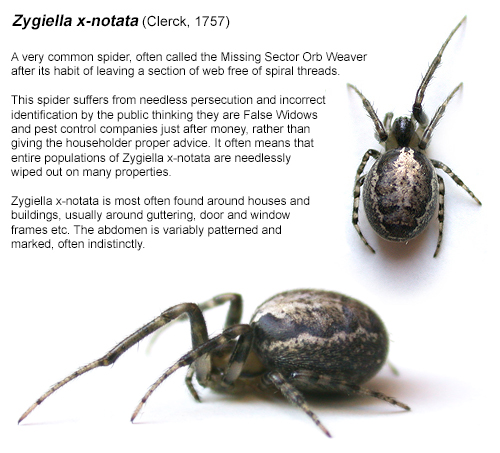 |
|
| ..... | ||
| By building
houses and office blocks, humans have created artificial
habitats replicating more natural habitats. Our house
walls, windows and roofs now replace cliffs and outcrops,
where rows of gardens act as flower-rich meadows, scrub
or woodland. As urban areas are typically two or three
degrees warmer than rural locations, many insects and
spiders requiring a warmer climate are finding our towns
and cities ideal and several southern species are
increasing their range and have colonised Nottinghamshire
in recent years. Of the number of spiders now occurring in many Nottinghamshire gardens, selecting just twelve of the most likely to be seen was difficult. In the end, we think we have it about right. The twelve spiders we have selected (even those with visually identical confusion species) are the commonest and most likely to be found in and around houses and gardens within Nottinghamshire. Identification Spider identification is difficult and for many species, practically impossible without the use of having the specimen under a microscope. Please remember that this is a guide to species only, so be careful when attempting any identification from photographs. |
||
| 1. Pholcus
phalangioides (Fuesslin, 1775) |
|||||
|
 |
||||
| 2. Enoplognatha
ovata (Clerck,
1757) |
|||||
|
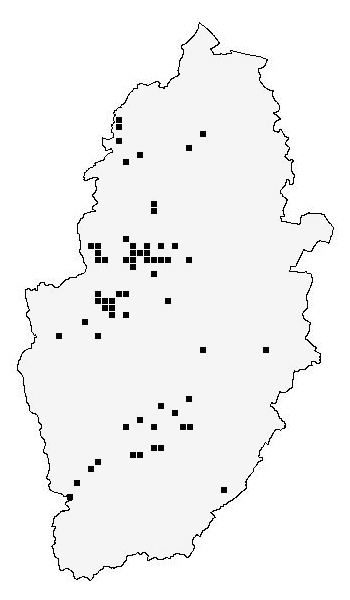 |
||||
| 3. Steatoda
bipunctata (Linnaeus, 1758) |
|||||
|
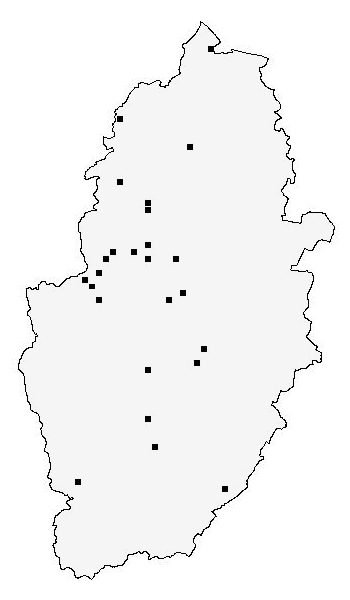 |
||||
| 4. Linyphia
triangularis (Clerck, 1757) |
|||||
|
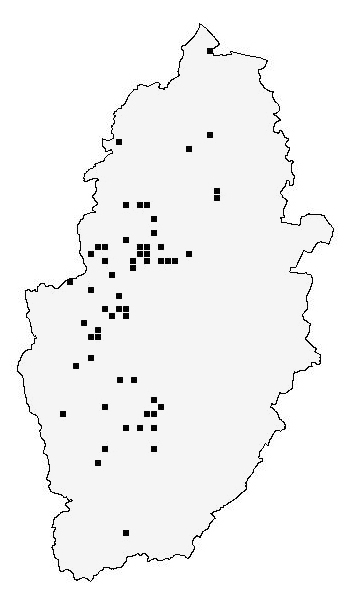 |
||||
| 5. Metellina segmentata (Clerck, 1757) |
|||||
|
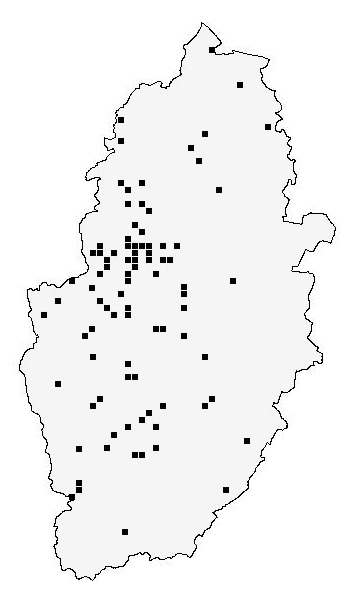 |
||||
| 7. Nuctenea
umbratica (Clerck, 1757) |
|||||
|
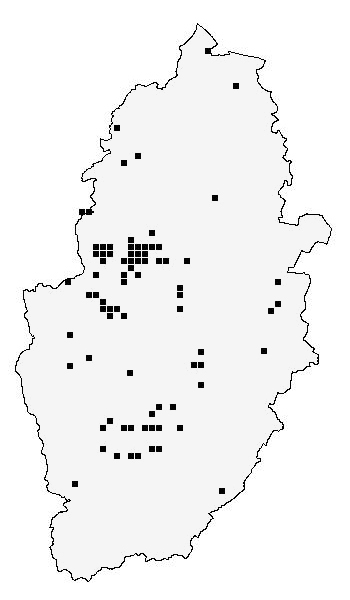 |
||||
| 8. Zygiella
x-notata (Clerck,
1757) |
|||||
|
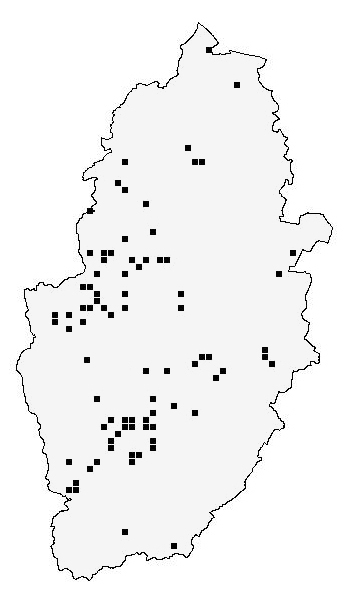 |
||||
| 9. Tegenaria
gigantea (Chamberlain & Ivie, 1935) |
|||||
|
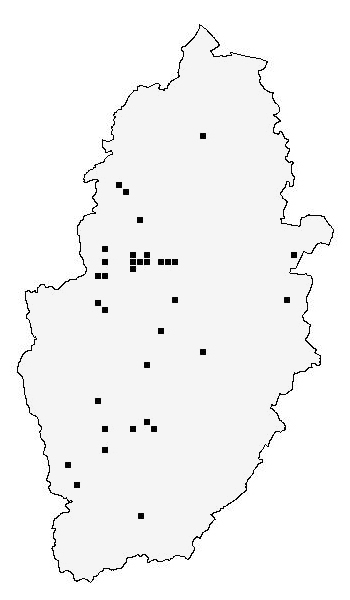 |
||||
| 10. Amaurobius
similis (Blackwall,
1861) |
|||||
|
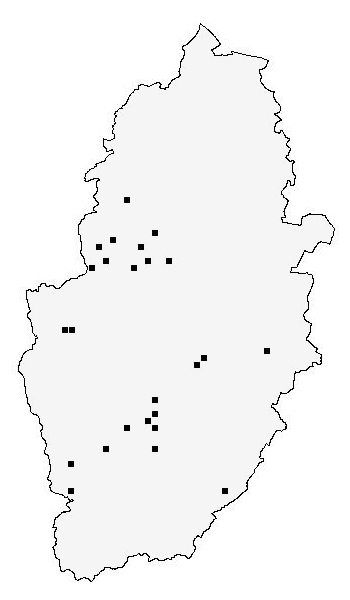 |
||||
| 11. Scotophaeus
blackwalli (Thorell, 1871) |
|||||
|
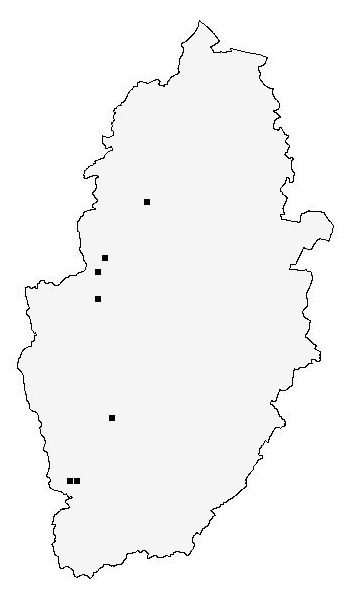 |
||||
| 12. Salticus
scenicus (Clerck,
1757) |
|||||
|
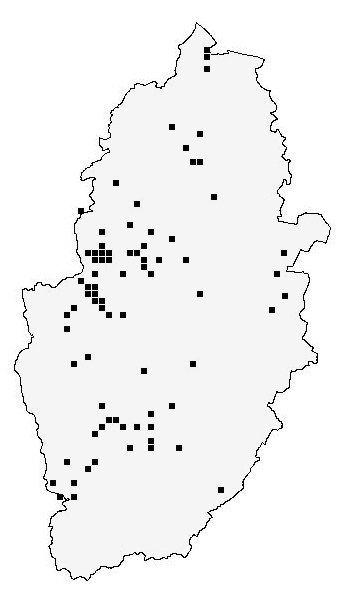 |
||||